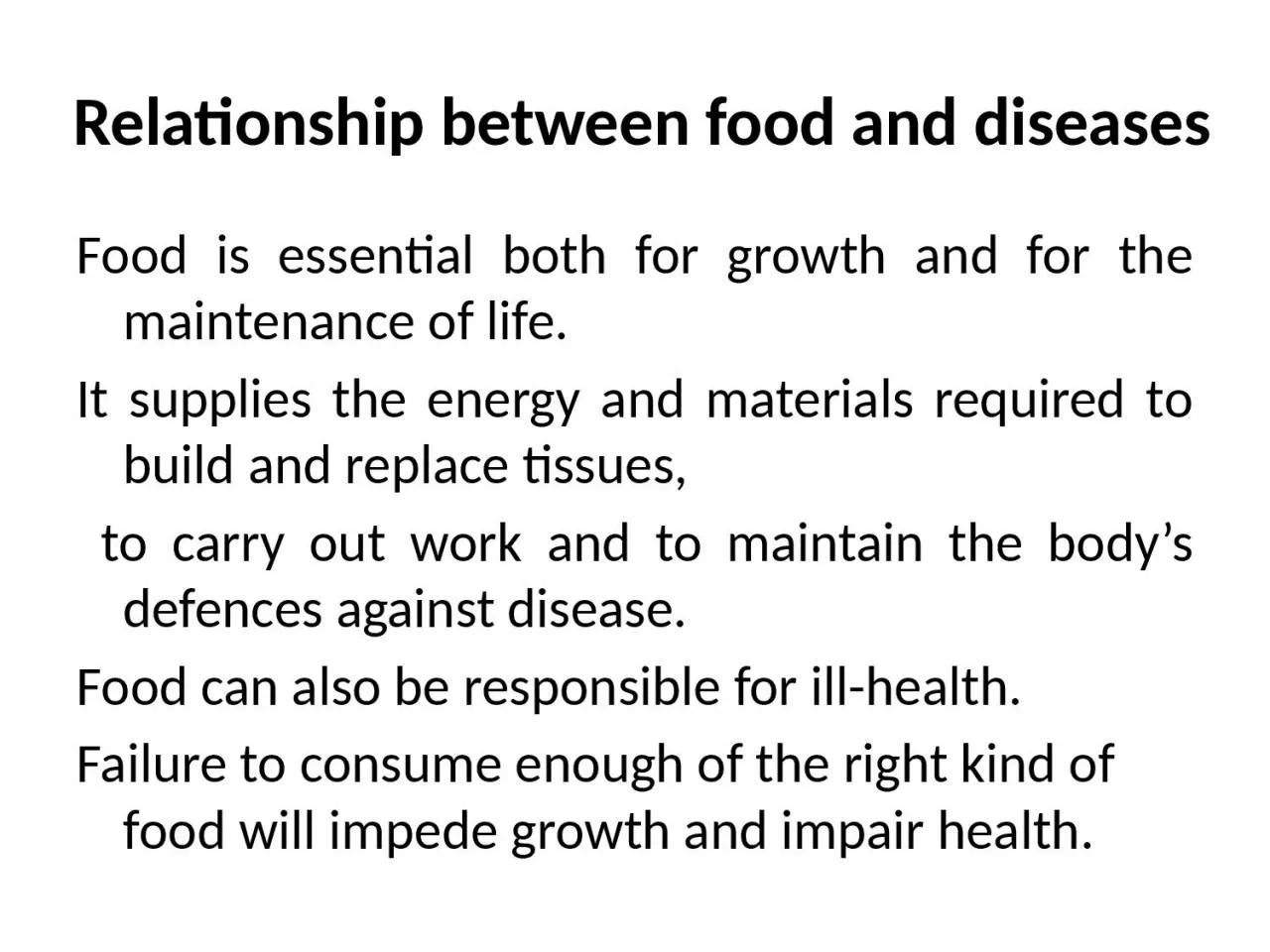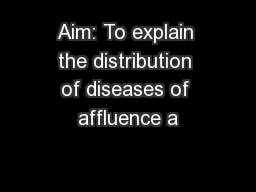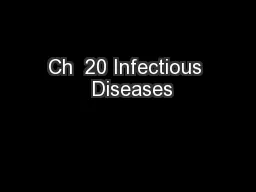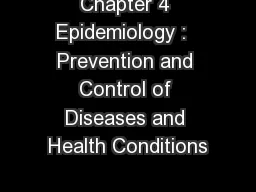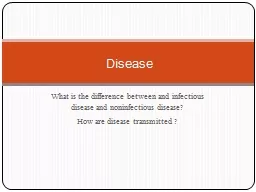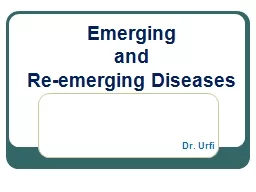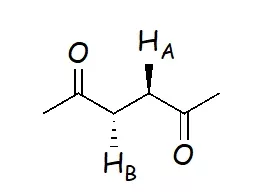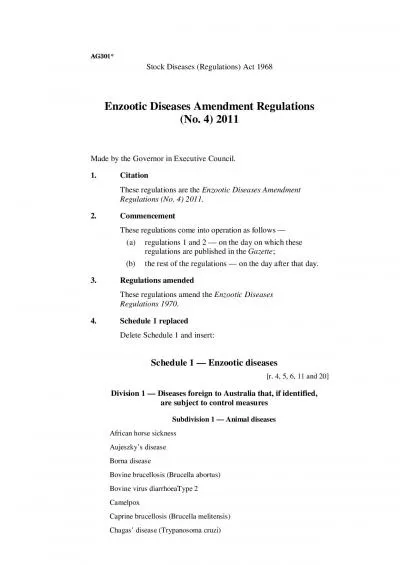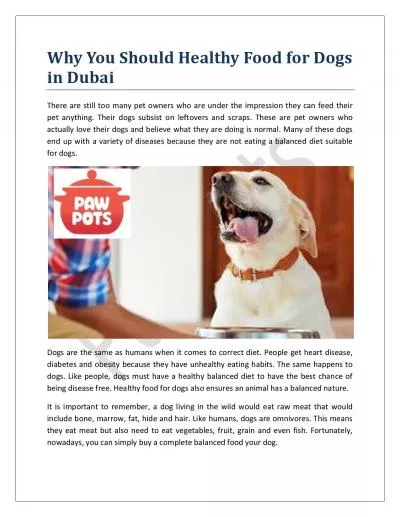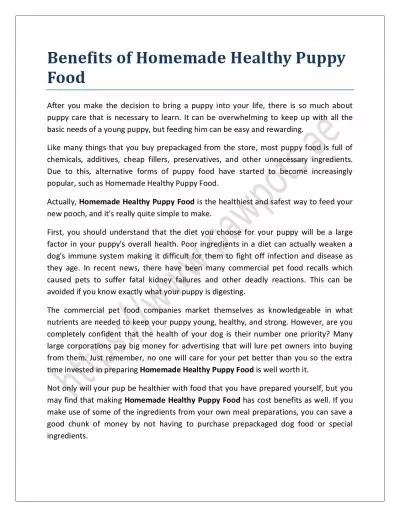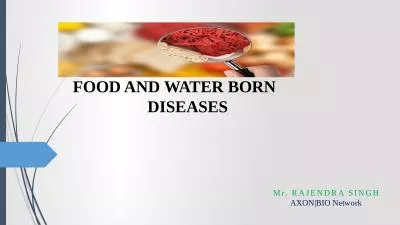PPT-Relationship between food and diseases
Author : mia | Published Date : 2024-03-15
Food is essential both for growth and for the maintenance of life It supplies the energy and materials required to build and replace tissues to carry out work and
Presentation Embed Code
Download Presentation
Download Presentation The PPT/PDF document "Relationship between food and diseases" is the property of its rightful owner. Permission is granted to download and print the materials on this website for personal, non-commercial use only, and to display it on your personal computer provided you do not modify the materials and that you retain all copyright notices contained in the materials. By downloading content from our website, you accept the terms of this agreement.
Relationship between food and diseases: Transcript
Download Rules Of Document
"Relationship between food and diseases"The content belongs to its owner. You may download and print it for personal use, without modification, and keep all copyright notices. By downloading, you agree to these terms.
Related Documents

